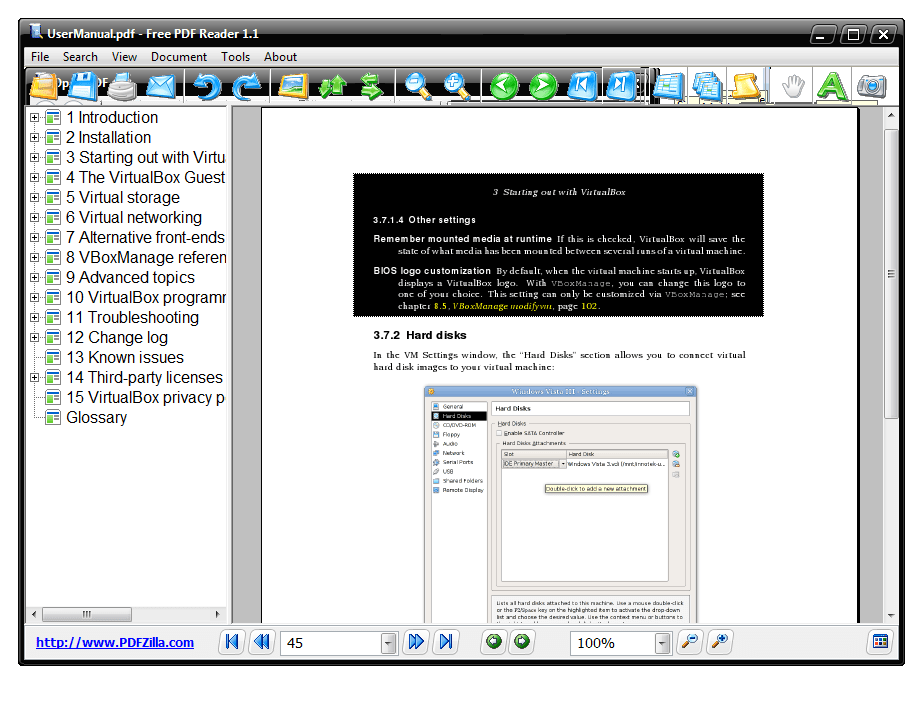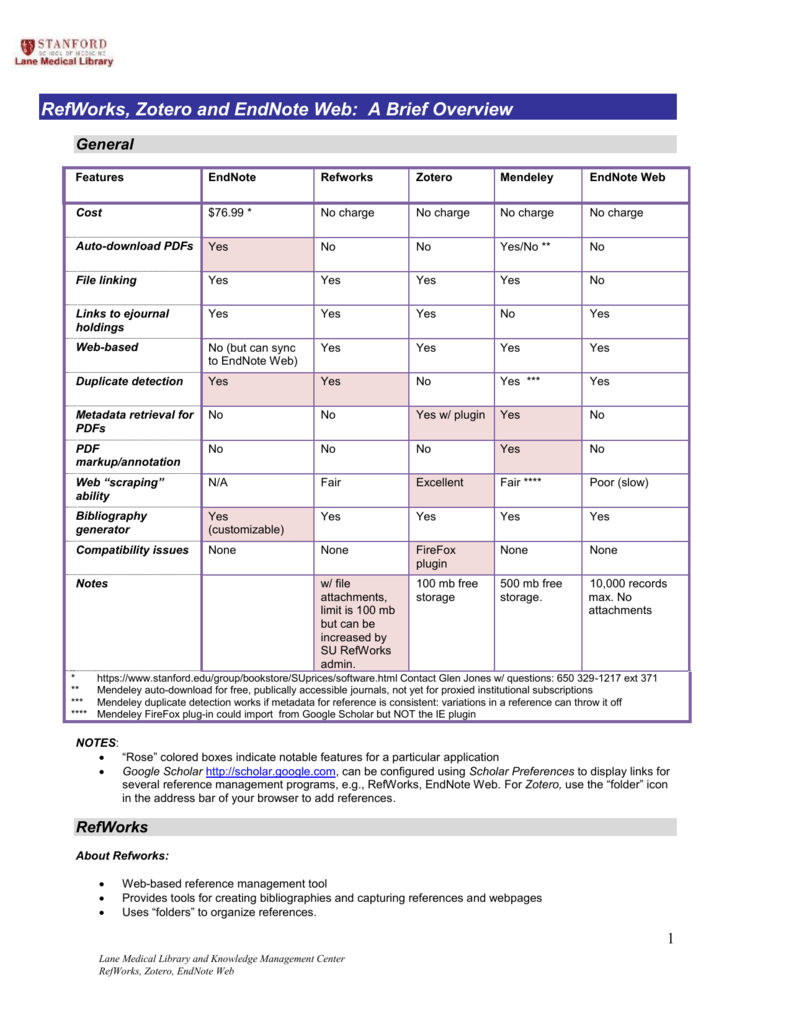

all icons except the manila folder), Zotero will then import the citation information for the item on the page.

Most common are a lined sheet ( ) for journal articles, a blue book for book ( ) and a manila folder ( ).įor single items (i.e. The icon depends on the type of item Zotero identifies on the page. Whenever Zotero supports importing directly from a website, you will see a little icon at the right end of the URL bar (in Safari, the icon is to the left of the URL bar). The principal way to add items into Zotero is from the web-browser, where you do most of your research. adding a webpage with basic information from the browser.adding PDF files and then retrieving the “metadata,” i.e the citation information, online.adding them using an “identifier,” i.e.importing them from many bibliographic data formats (RIS, bibtex, MODS, etc.).using website translators via the Icon in the URL bar.In rough order or priority, you can add items The different methods have different advantages and disadvantages and being aware of them will help you. If you become a frequent user, you are likely to use most, if not all of them. There are many ways to get items into Zotero. Importing from other Reference Managers.In the image above you can see a blog post, a book, a chapter/selection from a book, a conference paper, a dictionary entry, an entry in an encyclopedia, a film, an interview script, articles, a magazine article, a file from an archive, newspaper article, a podcast, a report, a legal document, a doctorate and a documentary.A user guide for the Zotero reference manager

Icons will also appear in your personal library and are a useful way of determining the type of reference you have downloaded. If for instance, you are looking at a list of references, Zotero will display a folder if you are looking at an article, the icon will change to one that looks like a page from a journal article and if you are looking at a book, it will have an icon that looks like a book. This icon will change depending on what you are looking at on the web. Once you have downloaded the Connector, you will see an icon appear on your browser's toolbar. Zotero will recognise the web browser you are using but it is available for Chrome, Firefox, Safari and Edge. If you have authenticated with your UCL username and password, via Single Sign-on, Zotero will download both the bibliographic information and the full text of a journal article. The Zotero 'Connector will allow you to download bibliographic information or 'metadata' from the UCL's library catalogue, Explore, databases and webpages.


 0 kommentar(er)
0 kommentar(er)
